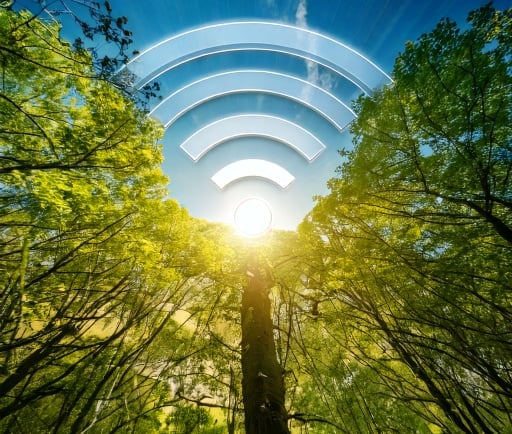Origins of Wi-Fi and Its Effects on Plant Growth


The Origins of Wi-Fi Technology
Wi-Fi, a term that has become synonymous with wireless internet access, traces its origins back to the late 20th century. The development of this technology was rooted in advances in radio frequency technology and communication. The initial concept emerged with the introduction of the IEEE 802.11 standards in the 1990s, which laid the groundwork for wireless local area networks (WLAN). This groundbreaking innovation has since revolutionized how we connect and communicate, enabling seamless internet access in homes, offices, and public spaces.
Wi-Fi and Plant Growth: A Controversial Connection
While Wi-Fi has transformed human interaction and facilitated the digital age, its impact on the environment, particularly on plant growth, warrants attention. Recent studies have raised concerns regarding the potential adverse effects of Wi-Fi radiation on plant health. For instance, researchers have observed that plants exposed to Wi-Fi signals exhibit signs of stress, including wilting and discoloration. There is anecdotal evidence suggesting that plants subjected to continuous Wi-Fi radiation may develop brown leaves or even die, leading to speculation about the relationship between wireless technology and botanic vitality.
Investigating the Effects of Wi-Fi Radiation
The implications of Wi-Fi on plant life remain a topic of ongoing debate among scientists and environmentalists. Some studies indicate that electromagnetic radiation emitted by Wi-Fi devices could interfere with essential biological processes in plants, affecting their growth and overall health. Factors such as altered photosynthesis rates and disrupted cellular functions have been explored to understand this phenomenon better. While definitive conclusions are yet to be established, the potential for Wi-Fi to negatively impact plant growth is a concern deserving of further investigation.
As our reliance on wireless technology continues to grow, it is crucial to consider its ramifications on natural ecosystems. The scenario of plants turning brown and dying under Wi-Fi exposure serves as a stark reminder of the importance of balancing technological advancement with environmental stewardship. Future research is essential, as it could lead to informed decisions about the use of Wi-Fi and its placement in relation to plants. Only time will tell whether adjustments in technology deployment can mitigate its impacts on our green allies.
